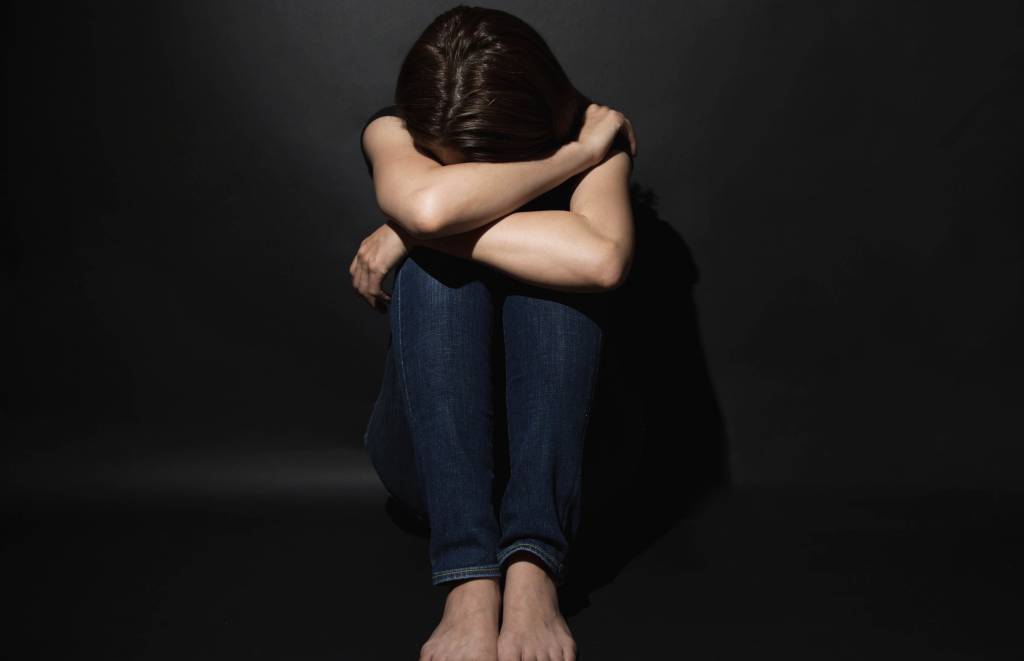Depression is a terrible condition that leaves people feeling alone, persistently sad, and even worthless at times. But, as isolating as depression is, those who suffer from it aren’t alone. According to the Anxiety and Depression Association of America¹, depression affects more than 16 million Americans.
Dealing with clinical depression is no easy task, requiring long-term care and attention. And managing clinical depression can only be accomplished with special strategies, medical help, and different treatment options.
 Are You Suffering from Depression?
Are You Suffering from Depression?
How do you know what’s normal sadness and what’s clinical depression? The two are very similar, and their feelings or symptoms can, at times, be identical. Because depression is a mood disorder, it can be a complicated health issue. Depression affects every aspect of your life, leaving you persistently sad and uninterested in normal activities.
Depression is a lifelong disorder that you can’t “shake” or “get rid of” – and it’s important to know its signs. According to the Mayo Clinic², some common symptoms and signs of depression include:
- Feeling sad or empty
- Anger, irritability, or frustration over small things
- Insomnia
- Sleeping all day, or sleeping too much
- Lack of energy
- Feelings of worthlessness or disinterest
- Frequent thoughts of death
If you’re wondering how to manage clinical depression, there are two key steps: get a diagnosis to better understand what you’re facing, then consider different treatment options.
Step 1: Diagnosing the Problem
Though depression is often used to refer to any mood disorder associated with sadness, depression doesn’t always take one form. And depression doesn’t always manifest the same way in every person.
There are many different types of depression. This is why it’s important to get properly diagnosed by a medical professional. That’s the first step in managing this disorder, as knowing which type of depression is affecting you will ensure you receive the right treatment and can better manage your symptoms.
The following are a few of the most common types of depression.
Major Depression
The most prevalent type of depression, major depression leaves sufferers feeling extremely unhappy every day. The feelings of worthlessness can be unbearable at times. You’ll no longer find pleasure in your favorite activities. In severe cases, thoughts of suicide may arise. While major depression doesn’t always have an exact cause, it can sometimes be caused by a chemical imbalance in the brain or a traumatic life event.
Manic Depression
Manic depression, also referred to as bipolar depression, involves dramatic mood swings. While you may feel great one day, the next you could feel terrible. Aside from the hopeless state of mind that comes with manic depression, you’ll likely experience extreme fatigue. Individuals suffering from manic depression tend to have a distorted sense of reality. According to Suicide.org³, up to 50 percent of people suffering from manic depression will attempt suicide.
Seasonal Affective Disorder (SAD)
Although some people overlook seasonal affective disorder, it can be incredibly crippling. When winter begins to set in, seasonal affective disorder becomes an especially big problem. The diminished sunlight and cold weather can cause depression, leaving SAD sufferers feeling trapped until spring.
Postpartum Depression
Initially after having a baby, an estimated 10 percent of women will experience postpartum depression according to Postpartum.org⁴. The degree of this form of depression’s seriousness can vary from one person to the next. While there’s no known cause of postpartum depression, women who have a history of depression are more likely to develop it.
Psychotic Depression
Although psychotic depression is similar to major depression, the symptoms tend to be a bit more complicated. When suffering from psychotic depression, hallucinations and paranoia are common.
Step 2: Finding the Right Treatment
Once you’ve been diagnosed by a mental health professional or medical doctor, your specific type of clinical depression will determine which treatment options are best to try. From prescription medication to therapeutic options to alternative medicine, there a number of treatment choices available.
Below are some of the most popular types of treatment for clinical depression.
Psychotherapy
Psychotherapy can have a positive effect on all types of depression. One-on-one sessions with a licensed professional are usually the first phase of treatment. These sessions are meant to help you gain a better understanding of your depression, and over time you’ll learn problem-solving skills and coping techniques. Participating in group therapy may also be effective. During group therapy, you’ll be able to share your experiences with others who are experiencing similar issues. In an effort to provide extra support, family members are often encouraged to join therapy sessions as well.
Medications
Prescription medication is another popular depression treatment. Selective serotonin reuptake inhibitors (SSRIs) are designed to trigger the release of serotonin, which is a hormone that helps boost your mood. Some of the best-known SSRIs include Prozac, Zoloft, and Paxil. While SSRIs can have a positive impact, they come with potential side effects like nausea, trouble sleeping, and sexual problems. Serotonin and norepinephrine reuptake inhibitors (SNRIs), such as Effexor XR and Cymbalta, are also used to treat depression. Because SNRIs help with chronic pain, they can serve more than one purpose.
Alternative Treatments
More and more people suffering from depression are starting to turn to alternative treatments. Often herbal in nature, St. John’s wort and ginkgo biloba have become especially popular alternatives. Although there isn’t much scientific research available on these herbs, some areas of the world have used them for thousands of years. To avoid a potential adverse reaction, the best approach is to talk with a doctor beforehand.
Clinical Depression Requires Persistence
Remember, because depression is a complex disorder and affects every person differently, it can take time to find an effective treatment that works for your lifestyle and your symptoms. One of the above treatment options, a combination of a few different treatment options, or new and innovative treatment solutions could be the best choice for you and your clinical depression.
The keys to overcoming clinical depression are patience and perseverance. Although the battle will be difficult at times, there’s a light at the end of the tunnel if you’re seeking help and trying different treatment options. By doing your own research, you may be able to find new ways to help manage your depression. Because the medical world is still learning about depression, it’s important to stay informed about new treatment options, different factors that can affect depression, and new medical changes.
Like anything, it’s always a good idea to be aware of the latest research. We recommend comparing at least 3 or 4 options before making a final decision. Doing a search online is typically the quickest, most thorough way to discover all the pros and cons you need to keep in mind.


